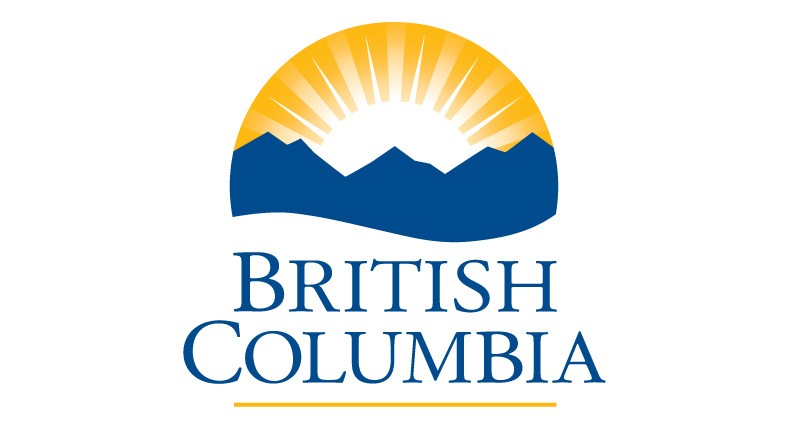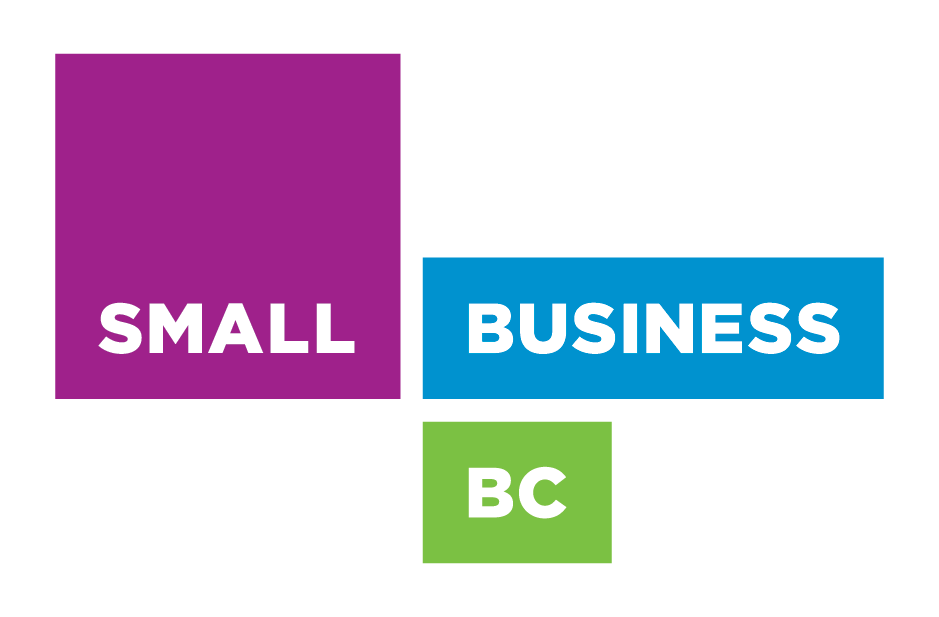Victoria – The B.C. government has proclaimed May 2016 as “Invasive Species Action Month” to help raise awareness of the environmental and economic damage that invasive plants and animals can cause if they become established in the province.

As part of Invasive Species Action Month, the government is encouraging British Columbians to learn more about non-native invasive plants and animals that can displace other species and have a negative impact on the ecosystems throughout the province.
The B.C. government works closely with the Invasive Species Council of B.C., regional districts, local governments, First Nations and community-based organizations to help prevent the introduction and spread of harmful, non-native plants and animals.
The Invasive Species Council of B.C. assists with invasive species program co-ordination and communications, develops best management practices in collaboration with local agencies, and helps increase public awareness and reporting of invasive species throughout the province.
The Province also provides ongoing financial assistance to support the work of invasive species groups, which includes the mapping of invasive species populations and treatment of high-priority sites.
On April 22, 2016, the B.C. government announced another $1.7 million for its annual invasive plant grants program. The money is being distributed to 31 regional districts, municipalities and invasive species organizations to combat the spread of harmful plants. This funding is in addition to the $935,000 already allocated by the Ministry of Forests, Lands and Natural Resource Operations for invasive plant control and management in 2016-17, and the $2.1 million allocated by the Ministry of Transportation and Infrastructure for invasive plant control and management over the same period.
The government has also made significant investments over the past few years to counter the threat of invasive aquatic animals. In March 2015, it expanded its response to the potential introduction of invasive zebra and quagga mussels with a two-year, $1.3-million pilot program focused on early detection and rapid response.
In March 2016, the pilot program was expanded and made into a permanent invasive mussel defence program with $2 million in annual funding. The funding is provided by BC Hydro, Columbia Power, FortisBC and the Columbia Basin Trust. The program will see eight permanent mussel inspection stations installed at major entry points on B.C.’s borders with Alberta and the United States. Invasive mussels have not been detected in British Columbia to date and this program will boost protection of B.C.’s waterways.
During Invasive Species Action Month, the Invasive Species Council of B.C. is supporting a series of outdoor activities, a photo contest and educational events throughout B.C. to raise public awareness of invasive species.
More information and a list of upcoming activities is available at: www.bcinvasivesmonth.com
Each week, the Invasive Species Council of B.C. will also highlight ways that British Columbians can take action against invasive species:
- Week 1: Don’t Let It Loose! focuses on risks associated with releasing unwanted pets and aquarium plants into the wild: http://bcinvasives.ca/resources/programs/dont-let-it-loose/
- Week 2: PlantWise helps gardeners and people involved in the agriculture, ranching and horticulture industries learn how to prevent the spread of invasive plants in B.C.: http://bcinvasives.ca/resources/programs/plant-wise
- Week 3: A focus on outdoor recreation will remind campers and other outdoor enthusiasts to use locally sourced firewood : http://bcinvasives.ca/resources/programs/buy-it-where-you-burn-it
and follow Play Clean Go guidelines to remove debris from sports equipment to prevent the spread of invasive species: http://bcinvasives.ca/resources/programs/play-clean-go - Week 4: The Clean Drain Dry program helps educate boaters about invasive species such as zebra mussels, quagga mussels and invasive aquatic plants: http://bcinvasives.ca/resources/programs/clean-drain-dry
By working together, British Columbians can help stop invasive species from spreading and damaging the province’s environment, infrastructure and economy, including the ranching, agriculture and tourism sectors.
Quotes:
Minister of Forests, Lands and Natural Resource Operations Steve Thomson –
“Invasive Species Action Month is an excellent opportunity for all of us to learn more about invasive plants and animals and the damage they can do to B.C.’s ecosystems and infrastructure. I encourage all British Columbians to learn more about these threats and also check out the activities that the Invasive Species Council of B.C. has planned over the next four weeks.”
Minister of Environment Mary Polak –
“It’s important for our government, our communities and individual British Columbians to take action to reduce the spread of invasive species in the province. We have made great strides in recent years and we will continue to work with invasive species committees and community groups to mitigate damage caused by non-native species in B.C.”
Gail Wallin, executive director of the Invasive Species Council of British Columbia –
“We value our natural environment in British Columbia, which is why it’s important to learn how to prevent, detect and manage invasive species. It’s crucial that we continue to take action to stop invasive species from spreading in our waterways, gardens and agricultural areas.”
Quick Facts:
- The Invasive Plant Program identifies sites where new invasive plant species have been found and responds quickly to contain and eradicate them before they become established and start spreading.
- Invasive plant species that are currently being targeted in B.C. include: marsh plume thistle; European common reed; garlic mustard; knotweed; Spartina; orange and yellow (non-native) hawkweeds; knapweed; giant hogweed; blueweed; common tansy; tansy ragwort; hoary alyssum; field scabious; leafy spurge; purple loosestrife; yellow flag iris; Himalayan balsam; and Scotch broom.
- Since 2004, the Inter-Ministry Invasive Species Working Group (IMISWG) has provided policy direction, co-ordination and collaborative delivery of provincial invasive species programs for British Columbia.
- Invasive animal species that are currently a concern in B.C. include: European fire ants; impressive fire ants; American bullfrogs; wild boar; eastern grey squirrels; and New Zealand mud snails.
- Members of the public can report sightings of invasive plant species anywhere in B.C. by using the Report-A-Weed or Report Invasives BC smartphone apps, by calling 1 888 WEEDSBC (1 888 933-3722) or by using the online reporting tool at: http://www.gov.bc.ca/invasive-species
Learn More:
Invasive Species Action Month proclamation: http://www.bclaws.ca/civix/document/id/proclamations/proclamations/InvSpecActionMnth2016
Inter-Ministry Invasive Species Working Group: www.for.gov.bc.ca/hra/invasive-species/index.htm
Invasive Species Council of British Columbia: http://www.bcinvasives.ca
Clean Drain Dry program: http://bcinvasives.ca/resources/programs/clean-drain-dry
Adopt a Highway program: http://www.th.gov.bc.ca/adopt-a-hwy/index.html












